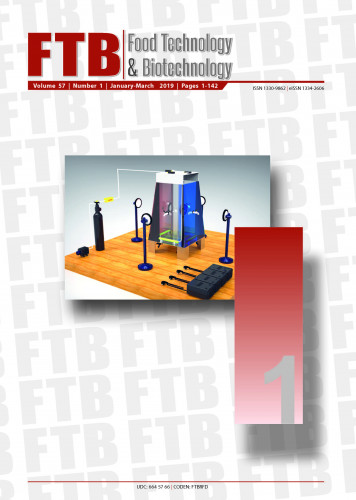Bioethanol production from lignocellulosic hydrolysates requires a producer strain that tolerates both the presence of growth and fermentation inhibitors and high ethanol concentrations. Therefore, we constructed heterozygous intraspecies hybrid diploids of Saccharomyces cerevisiae by crossing two natural S. cerevisiae isolates, YIIc17_E5 and UWOPS87-2421, a good ethanol producer found in wine and a strain from the flower of the cactus Opuntia megacantha resistant to inhibitors found in lignocellulosic hydrolysates, respectively. Hybrids grew faster than parental strains in the absence and in the presence of acetic and levulinic acids and 2-furaldehyde, inhibitors frequently found in lignocellulosic hydrolysates, and the overexpression of YAP1 gene increased their survival. Furthermore, although originating from the same parental strains, hybrids displayed different fermentative potential in a CO2 production test, suggesting genetic variability that could be used for further selection of desirable traits. Therefore, our results suggest that the construction of intraspecies hybrids coupled with the use of genetic engineering techniques is a promising approach for improvement or development of new biotechnologically relevant strains of S. cerevisiae. Moreover, it was found that the success of gene targeting (gene targeting fidelity) in natural S. cerevisiae isolates (YIIc17_E5α and UWOPS87-2421α) was strikingly lower than in laboratory strains and the most frequent off-targeting event was targeted chromosome duplication.; Za proizvodnju bioetanola iz lignoceluloznih hidrolizata potreban je proizvodni soj koji dobro podnosi prisutnost inhibitora rasta i fermentacije te veliku koncentraciju etanola. Stoga smo konstruirali hibridne diploide kvasca Saccharomyces cerevisiae međusobnim križanjem dvaju prirodnih izolata, Yllcl 7_E5 i UWOPS87-2421. Soj Yllcl 7_E5 izoliran je iz vina kao dobar proizvođač etanola, a soj UWOPS87-2421 izoliran je iz cvijeta kaktusa Opuntia megacantha i otporan je na inhibitore koji se mogu naći u lignoceluloznim hidrolizatima. Hibridni sojevi rasli su brže od ishodnih sojeva u odsutnosti i prisutnosti octene i levulinske kiseline te 2-furaldehida, koji se često nalaze kao inhibitori rasta u lignoceluloznim hidrolizatima, a pojačana ekspresija gena YAPI povećala je preživljenje testiranih sojeva. Također, pojedini su hibridni sojevi, iako potječu od dvaju istih ishodnih sojeva, pokazali različit fermentativni potencijal u testu proizvodnje C02, što upućuje na njihovu genetičku varijabilnost koja omogućava daljnju selekciju poželjnih svojstava. Iz naših se rezultata može zaključiti da se kombiniranjem konstrukcije hibridnih sojeva i metoda genetičkog inženjerstva mogu oplemeniti i razviti novi biotehnološki relevantni sojevi kvasca S. cerevisiae. Osim toga, utvrđeno je da je uspješnost ciljanja gena u prirodnim izolatima S. cerevisiae (Yllcl 7_E5a and UWOPS87-2421 a) daleko manja nego u laboratorijskim sojevima, a najčešći aberantni događaj bio je duplikacija ciljanog kromosoma.
Sažetak

 Food technology and biotechnology : journal of the Faculty of Food Technology and Biotechnology, University of Zagreb, Zagreb, Croatia : 57,1(2019) / editor-in-chief Vladimir Mrša.
Food technology and biotechnology : journal of the Faculty of Food Technology and Biotechnology, University of Zagreb, Zagreb, Croatia : 57,1(2019) / editor-in-chief Vladimir Mrša.